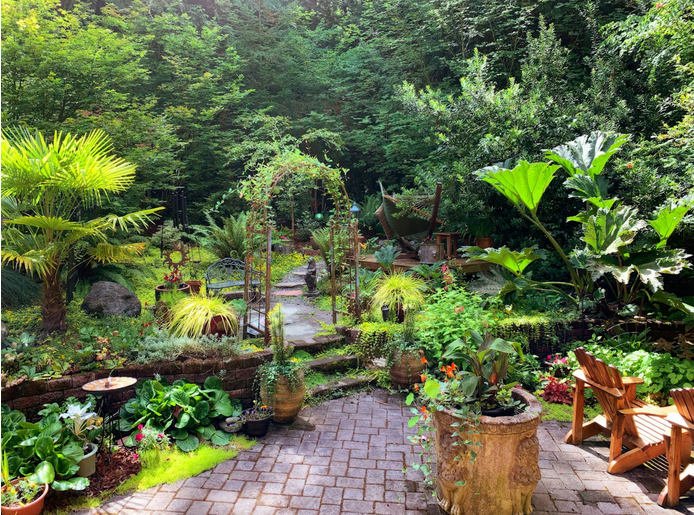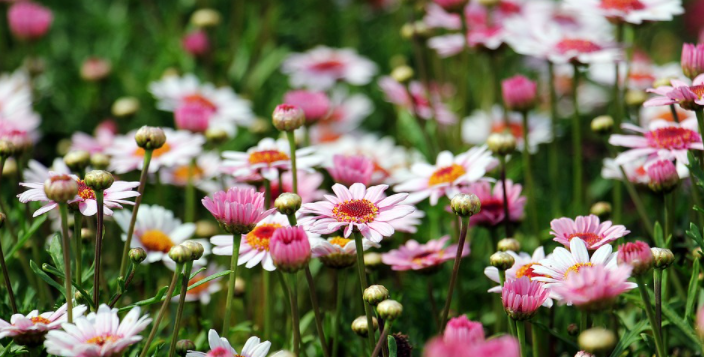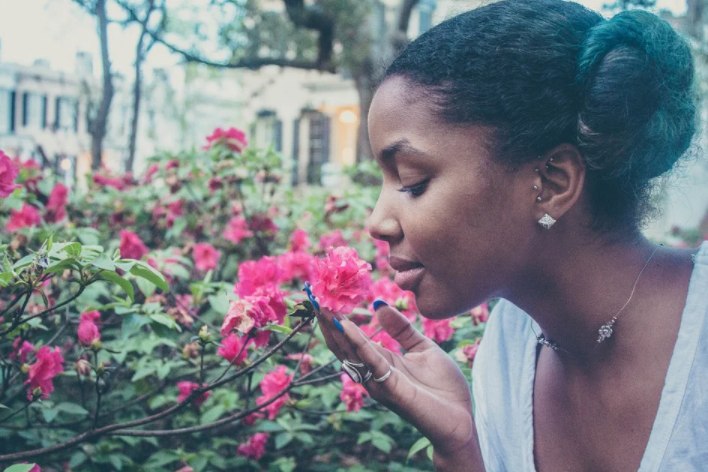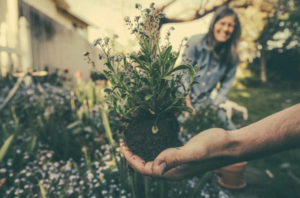Planning and Designing Your Home Garden: Tips for Creating a Functional and Beautiful Outdoor Space

Creating a home garden is an exciting and rewarding experience. It adds beauty and value to your property and provides a space for relaxation, recreation, and even growing your own food. However, planning and designing a successful home garden can be overwhelming if you need help knowing where to start. You should also discuss topics such as the importance of proper sunlight, soil type, pest removal, and drainage for various plants in your garden. In this guide, we will provide tips and advice for creating a functional and beautiful outdoor space that you can enjoy for years to come.
Assess Your Space
Before diving into any design plans, assessing your available space is important. Take note of the size, shape, and existing features, such as trees or structures. This will give you an idea of how much room you have to work with and what type of garden will be suitable for your space. It’s also important to consider factors such as sunlight exposure, soil quality, and drainage when choosing the location for your garden.
Determine Your Goals
Next, think about what you want to achieve with your home garden. Are you looking to create a peaceful retreat? Grow fresh produce? Or a combination of both? Knowing your goals will help guide your design choices and ensure your garden is tailored to meet your needs. Like any project, having a clear vision and purpose will make the planning process much smoother.
Choose Your Garden Style

There are endless possibilities when it comes to garden styles. You may prefer a more traditional, manicured look or a wild, naturalistic approach. Consider your personal preferences and the overall aesthetic of your home when choosing a style. It’s also important to think about practicality and maintenance levels. Some styles may require more upkeep than others, so be realistic about how much time and effort you can dedicate to your garden.
Select Your Plants
One of the most exciting parts of designing a garden is choosing the plants. When making selections, consider the climate in your area and choose plants suitable for your region. It’s also important to think about the maintenance requirements and growth habits of your chosen plants. It’s recommended to choose a mix of perennials and annuals for a dynamic and low-maintenance garden.
Incorporate Hardscaping
Hardscaping refers to any non-living elements in your garden, such as paths, walls, or structures. These features not only add functionality but also serve as focal points and add interest to your garden. When incorporating hardscaping, consider the materials and style that will complement your chosen plants and overall design.
Planning and designing a home garden is a creative and rewarding process. By assessing your space, setting clear objectives, and considering both aesthetic and functional aspects, you can create a garden that not only enhances your outdoor space but also becomes a personal sanctuary. A place where beauty meets functionality and tranquility reigns supreme.…



 This space is home to a wide variety of plants, as you can see in the photo above. The area is made up of flowering plants and foliage. The tallest plants are in the back. Her flower beds are well mulched and she tends to use specific colors. The low-maintenance, disease-resistant Knockout rose offers height and abundance, with many beautiful flowers. This area is close to the porch and houses a birdbath with a pump. If you live in a noisy area, this is an excellent way to cover passing cars.
This space is home to a wide variety of plants, as you can see in the photo above. The area is made up of flowering plants and foliage. The tallest plants are in the back. Her flower beds are well mulched and she tends to use specific colors. The low-maintenance, disease-resistant Knockout rose offers height and abundance, with many beautiful flowers. This area is close to the porch and houses a birdbath with a pump. If you live in a noisy area, this is an excellent way to cover passing cars.